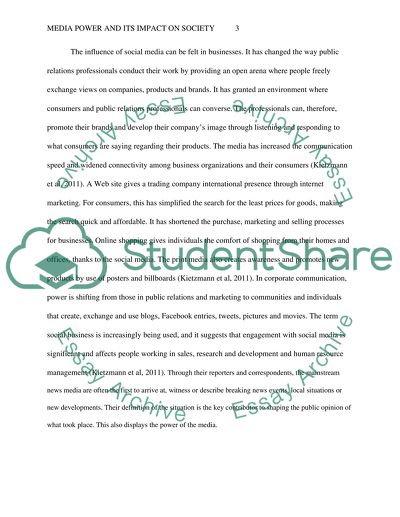Cite this document
(“Media power and its Impact on our society Research Paper”, n.d.)
Retrieved from https://studentshare.org/sociology/1459204-media-power-and-its-impact-on-our-society
Retrieved from https://studentshare.org/sociology/1459204-media-power-and-its-impact-on-our-society
(Media Power and Its Impact on Our Society Research Paper)
https://studentshare.org/sociology/1459204-media-power-and-its-impact-on-our-society.
https://studentshare.org/sociology/1459204-media-power-and-its-impact-on-our-society.
“Media Power and Its Impact on Our Society Research Paper”, n.d. https://studentshare.org/sociology/1459204-media-power-and-its-impact-on-our-society.


